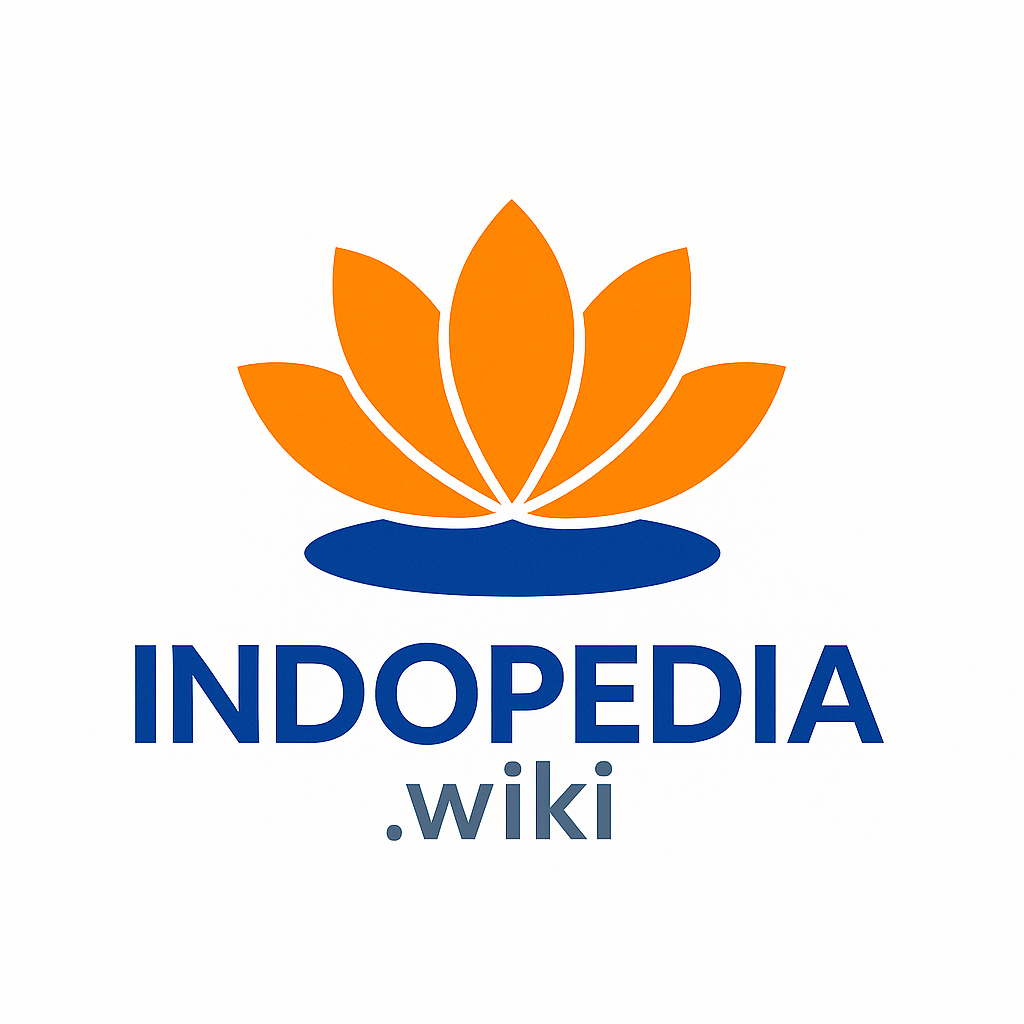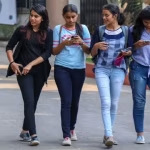What Is Artificial Intelligence (AI) and What Is It Used For?
Artificial Intelligence, or AI, is a branch of computer science that allows machines to learn, process data, and perform tasks that typically require human intelligence — such as understanding language, recognizing images, or solving problems.
Although computers don’t think or feel like humans, AI systems are designed to mimic human behavior by analyzing large amounts of data and identifying patterns to make decisions or predictions.
🧠 What Can AI Do?
AI is used in many everyday technologies you might already know or use:
- Online shopping: Recommends products based on your past purchases.
- Voice assistants: Powers Siri, Alexa, and Google Assistant.
- Social media: Helps Facebook, TikTok, and X (Twitter) decide which posts or ads to show you.
- Music & streaming: Spotify and Deezer use AI to suggest songs you might like.
- Healthcare: Helps doctors detect diseases like cancer or analyze X-rays faster.
- Self-driving cars: AI powers systems that help cars recognize roads, traffic signs, and obstacles.
🤖 What is Generative AI?
Generative AI refers to tools that create new content—text, images, music, or videos—that look like they were made by humans.
These tools are trained on massive datasets, including online articles, books, and photos.
Popular Generative AI Examples:
- ChatGPT / DeepSeek – Write essays, answer questions, and chat like a human.
- Midjourney / DALL·E – Create images from simple text prompts.
- Meta AI / Google Gemini / Grok – Advanced chatbots that generate both text and images.
- AI music tools – Make songs that mimic popular artists.
But these creations often raise ethical and copyright concerns, especially in music and art.
⚠️ Why is AI Controversial?
While AI brings innovation, it also raises serious concerns:
🔹 Job Loss & Inequality
The IMF estimates AI could impact 40% of jobs worldwide, with many worried about rising unemployment and income inequality.
🔹 Bias & Misinformation
AI can reflect human biases—such as racism or sexism—found in the data it’s trained on. Some AI tools have made harmful or false claims, leading to public backlash.
Examples:
- AI wrongly labeling people in images.
- Misleading summaries in news apps.
- Biased or harmful deepfake content.
🔹 Impact on Creativity
Artists and writers, including Billie Eilish, Nicki Minaj, and Julianne Moore, have raised concerns over AI copying their work without consent.
They’ve signed open letters urging tech companies to stop using their creations to train AI systems.
🌍 AI and the Environment
Running powerful AI systems requires massive energy and water:
- AI data centers use lots of electricity and need water to cool servers.
- Some fear AI growth may worsen water shortages, especially in drought-prone areas.
- For example, Google delayed a data center project in Chile after environmental concerns.
📜 How is AI Regulated?
Governments are starting to introduce AI rules and safety guidelines:
- European Union: Bans dangerous uses of AI and heavily regulates its use in health, education, and policing.
- China: Regulates AI with strict rules on censorship and data protection.
- UK & US: Focused on testing and safety before making laws. They created AI Safety Institutes and signed agreements to evaluate risks.
Some countries are also banning AI for illegal content, like deepfake pornography or child abuse images.








